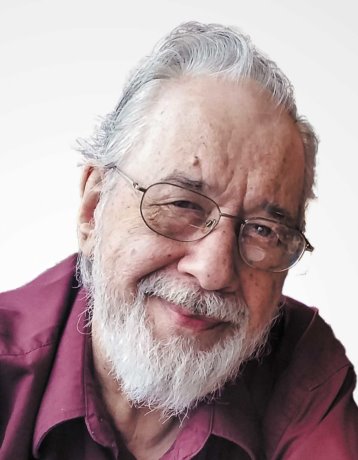When I first began writing about metamaterials a couple of years ago, they had been around for a few years but certainly not within sight of most people.
You had to be a bit of a nerd to have any understanding of what they are and what they might be able to do.
Metamaterials are materials engineered to have a property not found in nature. They are composites, usually involving metals or plastics, plus super-small or super-thin materials derived by nanoengineering. They derive their properties not from the properties of the base materials from which they are made but from their newly designed structures.
They are useful in designing sensors, which means they can be used for monitoring infrastructure. But despite extensive research in many laboratories, their application in construction remains fairly limited.
Now a team of researchers from the University of Colorado Boulder has developed a metamaterial to act as a kind of air conditioning system for structures. It has the ability to cool objects even under direct sunlight using no energy and no water.
The new material is a film that cools by efficiently reflecting incoming solar energy back into space, while at the same time allowing the surface it covers to shed its own heat in the form of infrared thermal radiation. The material was described recently in the journal Science.
The new film is a glass-polymer hybrid that is just 50 micrometres thick. That’s only a little thicker than the aluminum foil you probably have in your kitchen. And, like aluminum foil, the new material can be manufactured economically on rolls, which may make it viable for both residential and commercial applications.
Xiaobo Yin, one of the leaders of the research team, has suggested that the new film could provide an eco-friendly means of supplementary cooling for thermoelectric power plants that now require large amounts of water and electricity to maintain the operating temperatures of their machinery.
Gang Tan, another member of the team, has suggested that "just 10 to 20 square metres of the material on a rooftop could nicely cool down a single-family house in summer."
The film, which so far has no name, takes advantage of passive radiative cooling.
That’s the process by which objects naturally shed heat in the form of infrared radiation without consuming energy. It provides natural nighttime cooling in some areas, but daytime cooling has always been more of a challenge. It doesn’t take much direct sunlight to negate passive radiation.
So the challenge was to create a material that could reflect any incoming solar rays back into the atmosphere while still providing a way for infrared radiation to escape. The solution the researchers hit upon was to embed glass microspheres in a polymer film. Then they added a thin silver coating underneath to achieve maximum reflectance. The tiny glass spheres act to scatter infrared radiation.
As well as being useful for cooling buildings and power plants, the film could also help improve the efficiency and the life of solar panels. In direct sunlight, panels can overheat to temperatures that hamper their ability to convert solar rays into electricity. But researchers say that "by applying this material to the surface of the solar panel, we can cool the panel and recover an additional one to two per cent of solar efficiency."
That may not sound like much, but, says Yin, "that makes a big difference at scale."
The material has performed well during field tests both in Colorado and in Arizona, where the sun and heat can sometimes seem merciless.
Now they’re going to create a 200-square-metre "cooling farm" prototype this year.
The researchers have applied for a patent on the technology and are working with the University of Colorado’s technology transfer office to explore potential commercial applications.
Korky Koroluk is an Ottawa-based freelance writer. Send comments to editor@dailycommercialnews.com.











Recent Comments
comments for this post are closed